With its slight aniseed flavour, fennel (Foeniculum vulgare var. dulce) often divides opinion: you either like it or you don't! This annual plant, of southern origin, stands out from other vegetable garden crops because of its unique taste. Yet it is worth sowing or planting because, with fennel, everything is edible: the delicate foliage finely divided like mild dill, the sheathing midribs that form a firm, crunchy, aniseed-flavoured bulb, and the seeds. Its cultivation is somewhat delicate and demanding but, with a little care, harvest promises to be good.
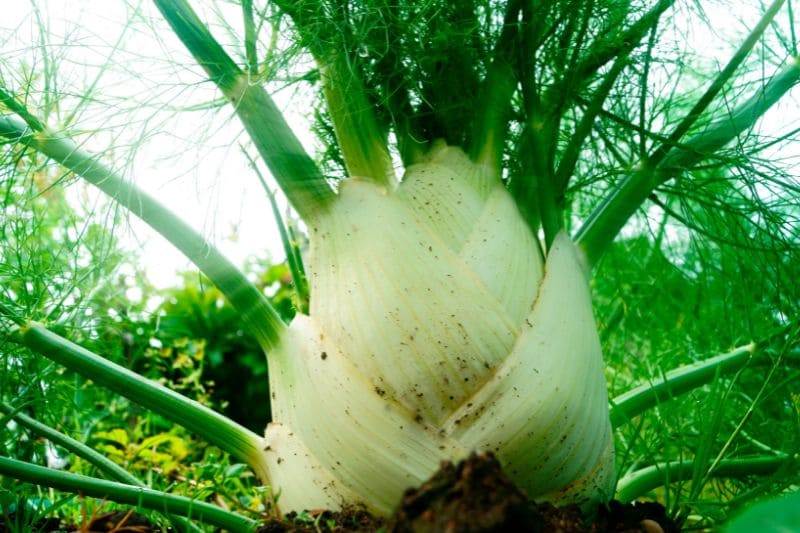
Which varieties to choose?
- Early summer sweet fennel : traditional variety ideal for southern regions producing large bulbs of a lovely creamy white colour, very fragrant and tender
- Sweet Florence fennel : late variety to sow in April then again in mid-July in regions with very mild winters. This variety yields beautiful pearly-white bulbs
- Sweet fennel ‘Finale’ : early variety, resistant to running to seed, producing round, compact bulbs
- ‘Domino’ : variety with nicely rounded bulbs suitable for all regions
- ‘Romanesco’ : late fennel, resistant to running to seed, with white flesh.
When to sow fennel?
Because of its southern origins, fennel dislikes cold and frost. In fact, seeds require a temperature of 20 to 22 °C to trigger germination. That is why sowing under cover or in a nursery is essential in regions with harsh climate from March or April. Fennel seedlings will then be transplanted into open ground once risk of frost has passed. However, sometimes in regions with cool springs, it may be preferable to buy young fennel plants in buckets.
Otherwise, in milder regions, sowing of fennel seeds can be carried out in April outdoors. However, soil must be warm enough. Sowing can continue until the end of June. Sowing outdoors is to be preferred as plants sown in place run to seed less readily than transplanted fennel. Nevertheless, with regular and careful watering, this problem can be managed.
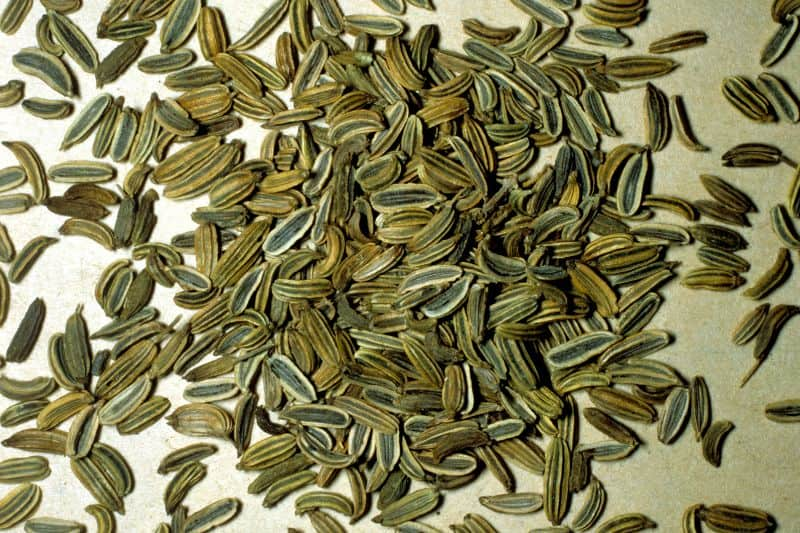
Where to sow fennel?
Sowing in open ground
Demanding plant, fennel needs soil rich in organic matter to which, the previous autumn, a good dose of well-rotted compost or manure should be added. When working the soil, it is essential to incorporate at least 2 to 3 kg/m2. The soil must then be worked deeply and loosened, and well cleared of stones and weeds.
Sowing under cover
Sowing under cover or in nursery is done in seed trays, alveolate trays or buckets in a seed compost.
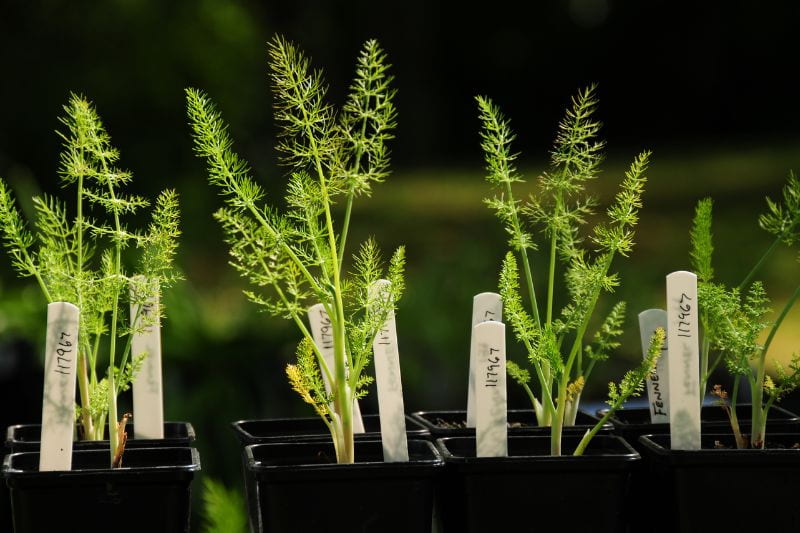
How to sow fennel?
Sowing in situ
- Give a final rake-over to level the soil
- Trace furrows spaced 40 cm apart and about 1 cm deep
- Sow fennel seeds very sparingly
- Cover with a thin layer of soil and tamp down very lightly with the back of the rake
- Water gently with a fine rose on the watering can.
Seeds germinate in 8 to 10 days. One month to 6 weeks after sowing, fennel seedlings must be thinned to keep one young plant every 20 cm.
Sowing under cover
Sowing in a seed tray, small boxes or alveolate trays makes it possible to raise young plants that will be transplanted into open ground as soon as frosts have completely disappeared.
- Fill chosen container three quarters full with seed compost
- Firm down with fingers
- Sow thinly by broadcasting
- Cover seeds with 1 cm of seed compost
- Firm again with a board or a hand tamper
- Water with a very fine mist using a spray bottle
- Place containers under cover, in a greenhouse or conservatory, at a temperature of at least 20 °C
Young fennel plants can be transplanted after 2 months, if soil is warm enough. To do this, use a fork to lift out plug plants which will be planted every 15 cm on ranks spaced 40 cm apart.
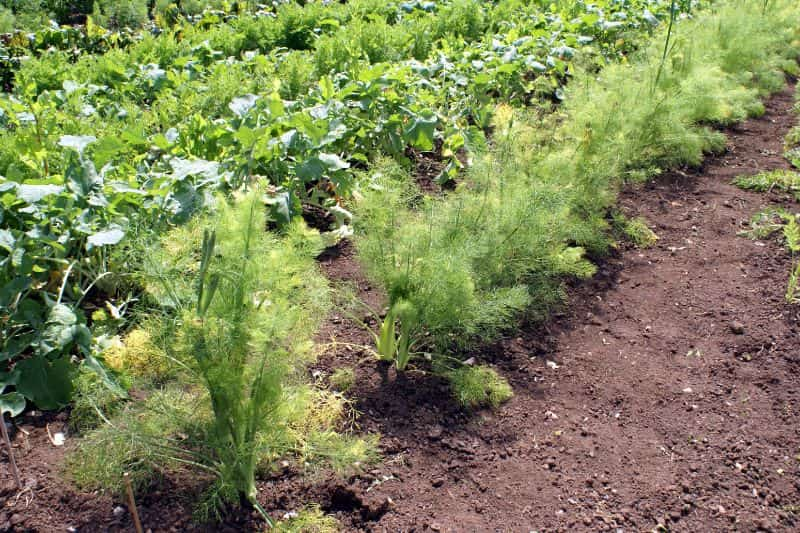
Necessary equipment
- A spade or fork to work the soil
- A hand fork to loosen it and break up clods if necessary
- A rake
- A hoe to trace furrows
- A watering can
- Seed trays, small boxes, buckets or alveolate trays if sowing under cover
- A hand tamper or any flat board to firm the seed compost
To go further
- Fennel: sowing, cultivation, maintenance and harvest
- Companion planting with fennel
- Bronze fennel































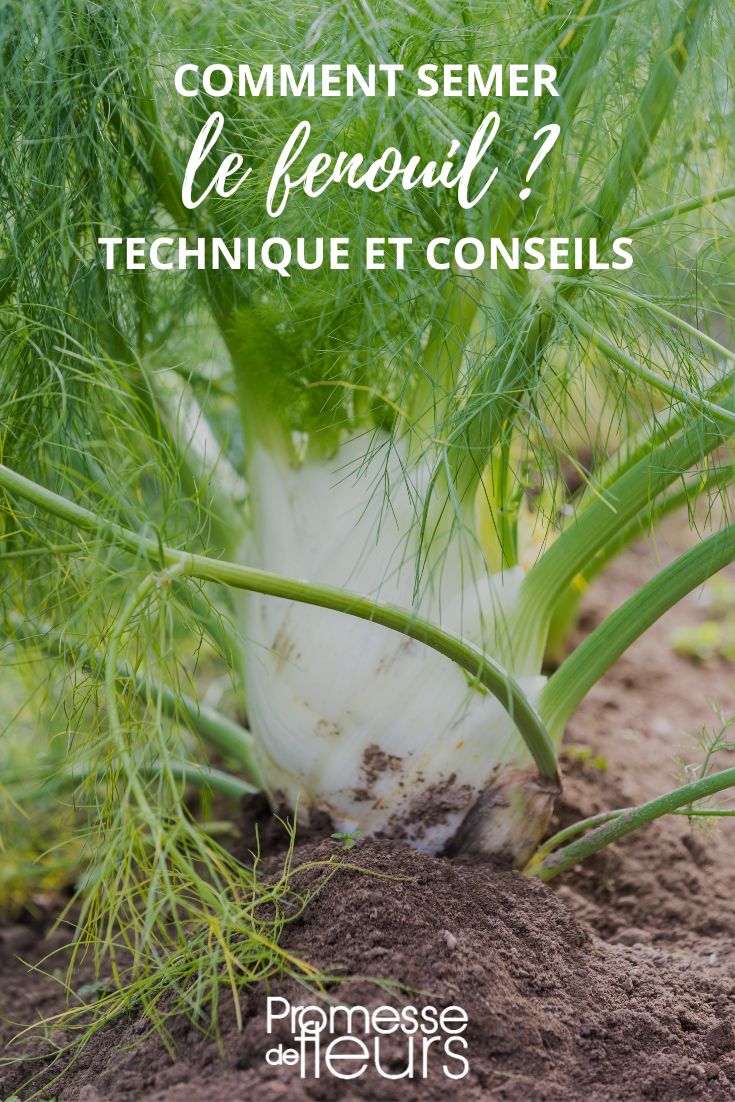
Comments